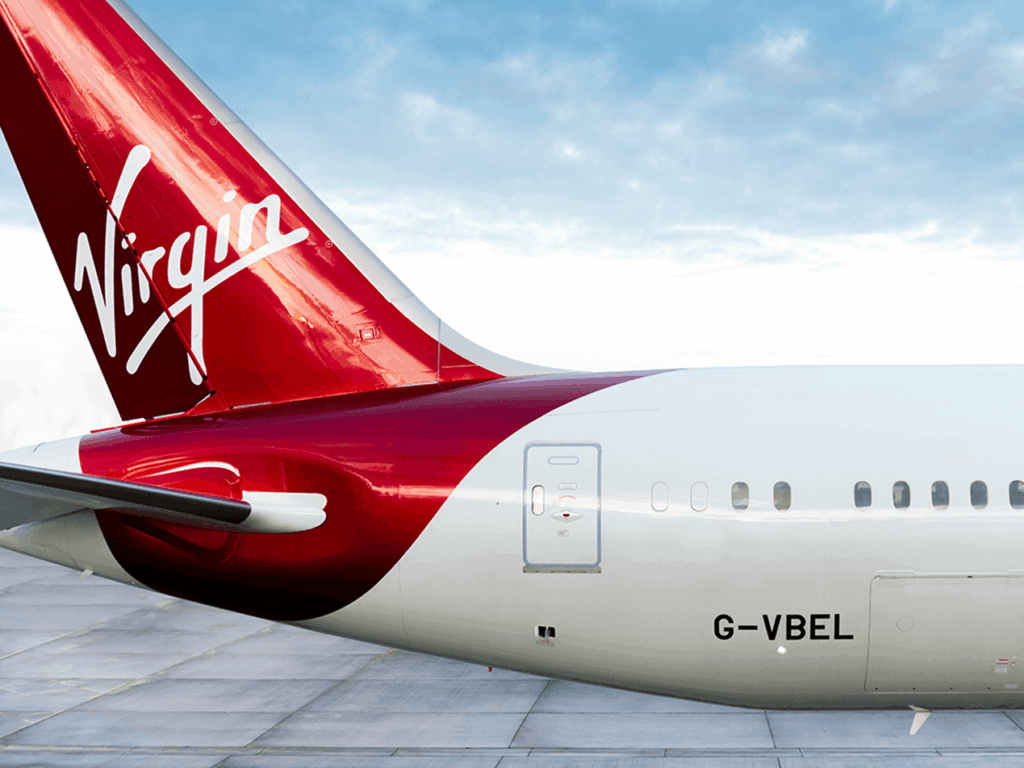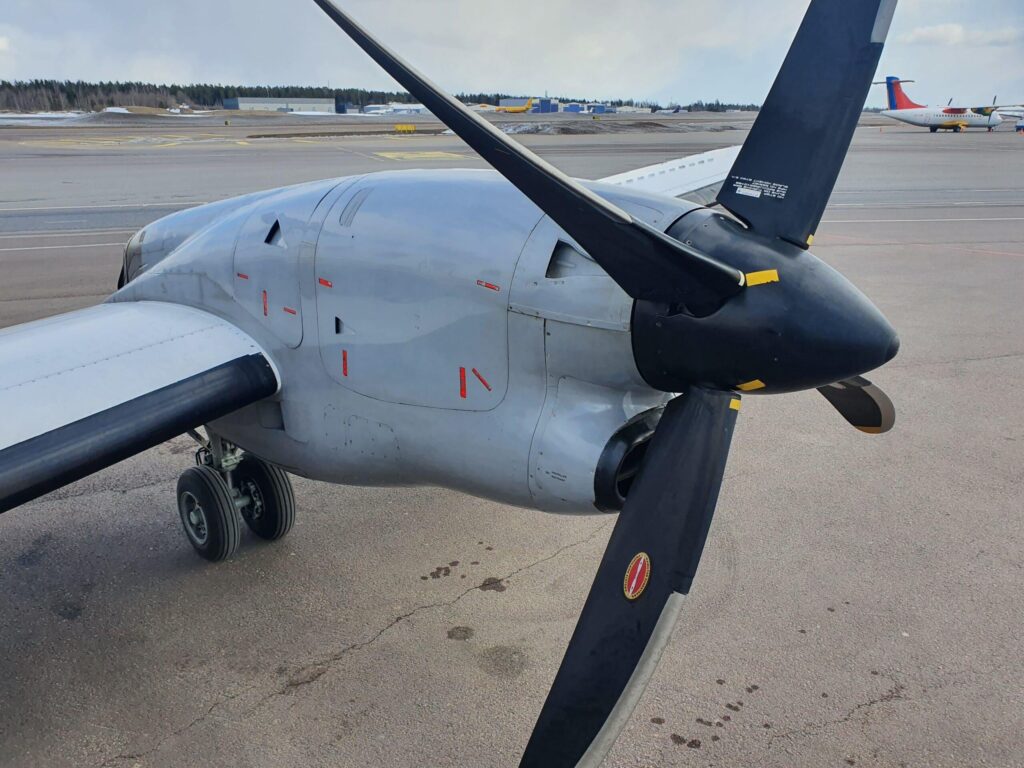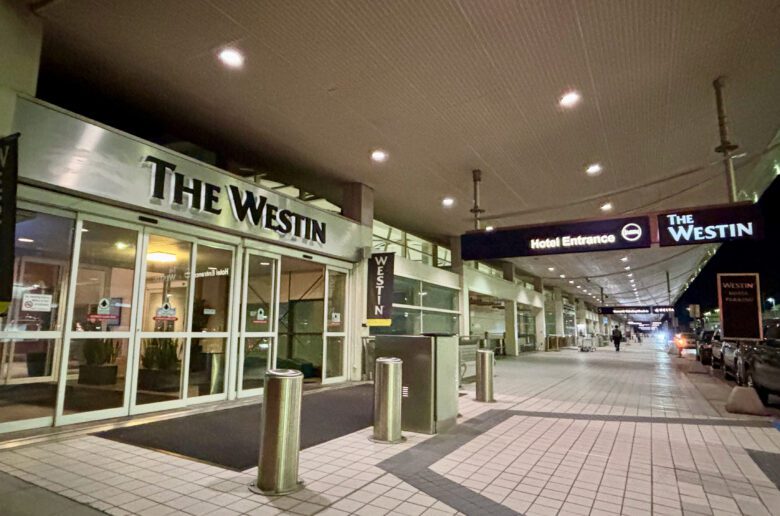Clearing Customs on Your Layover: Pro Tips for Frequent Flyers
Understanding Layovers Versus Stopovers
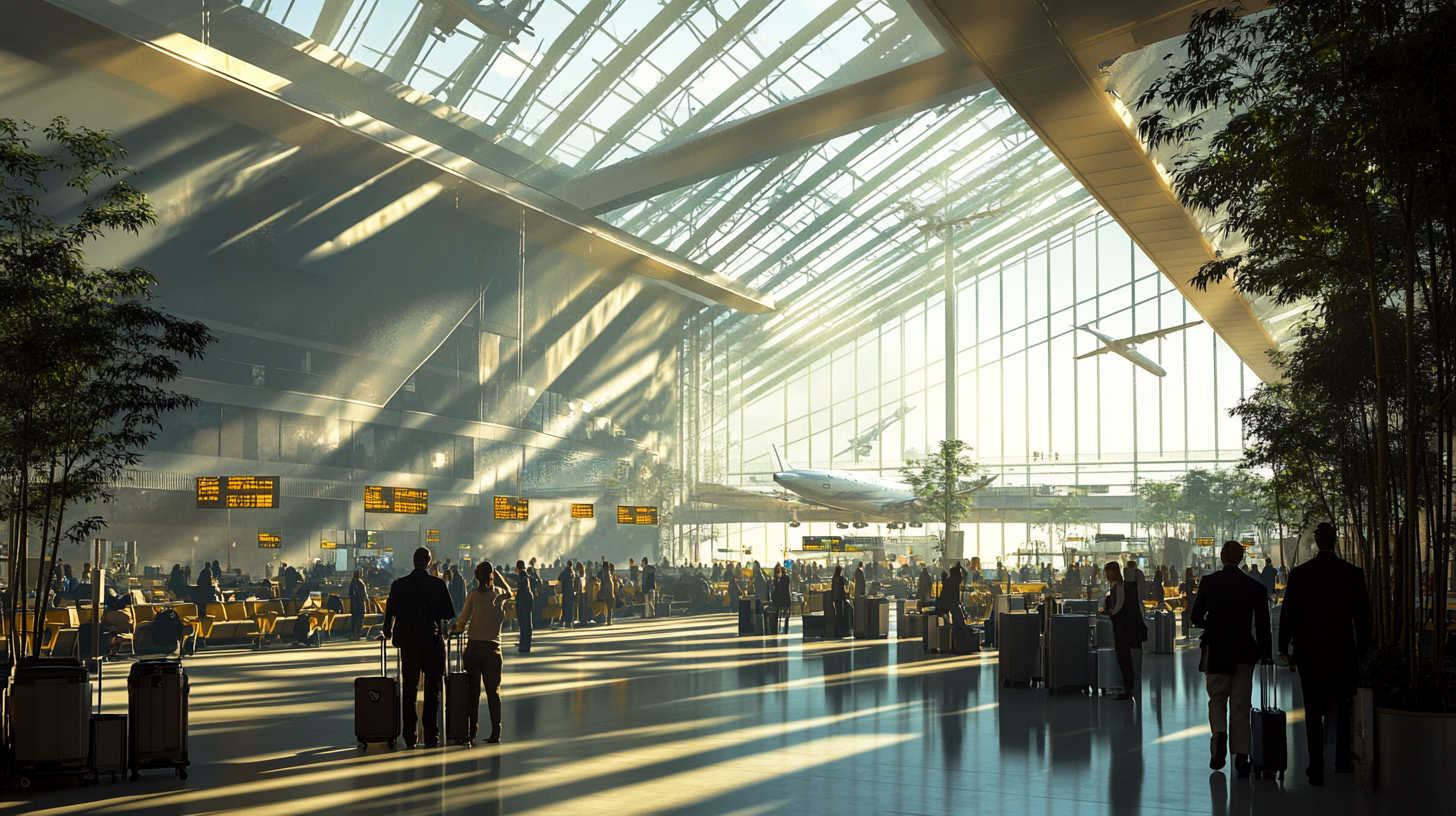
I’ve often noticed that people use “layover” and “stopover” interchangeably, but there’s a huge difference when it comes to planning and clearing customs. A layover generally lasts from a quick hour to a few hours, while a stopover can extend for more than a day. Knowing this distinction is crucial because customs requirements can vary based on whether you’re simply connecting or spending extended time in that city. According to a 2024 analysis by the Global Travel Association, around 20% of missed flights are linked to confusion about layover arrangements and passport checks.
From my perspective, short connections can be exhilarating if you’re well-informed—like a mini race where you see how efficiently you can navigate passport control and security. However, without the right preparation, even a short layover can become stressful. Spending time researching flight schedules, airport layouts, and local regulations can spare you from the headache of dealing with unexpected queues.
Domestic vs. International Connections
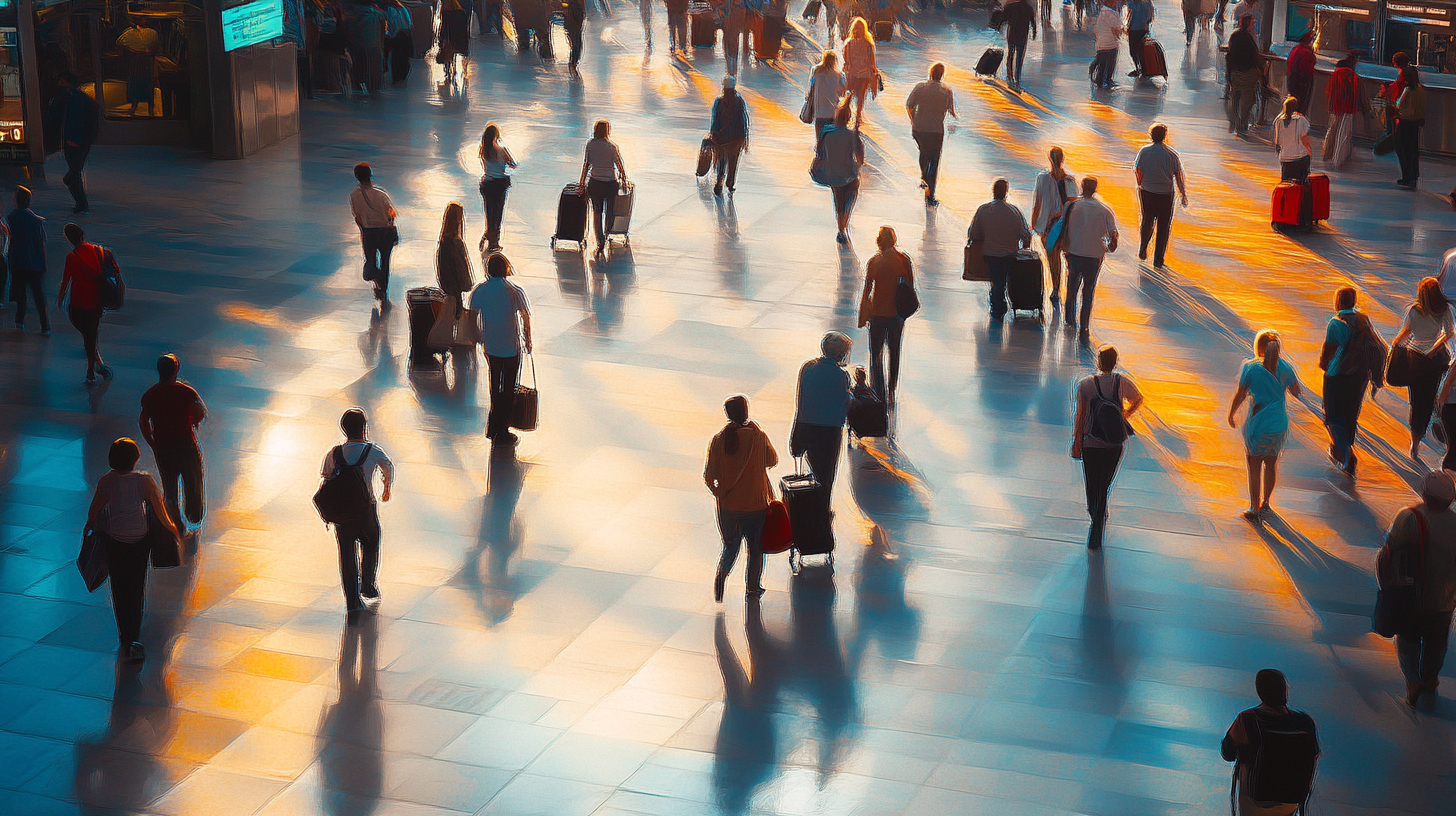
In my own experience, domestic layovers are usually the easiest. You typically don’t have to go through customs again, which can offer a significant advantage if you’re trying to make a tight connection. For instance, if you’re flying from Los Angeles to Dallas and then onto Miami, you’ll likely remain in a secure area, avoiding any extra passport checks.
International connections, on the other hand, can be more involved. If you’re traveling from Asia to South America and your first stop is in the United States or Canada, be prepared for a customs inspection immediately upon arrival. When I traveled through Vancouver recently, I had to pick up my luggage and go through passport control before re-checking my bags—even though I was only passing through. If you’re facing a similar scenario, it’s wise to budget extra time and, if possible, choose a connecting flight that provides a comfortable buffer.
The First Port of Entry: U.S. and Canada
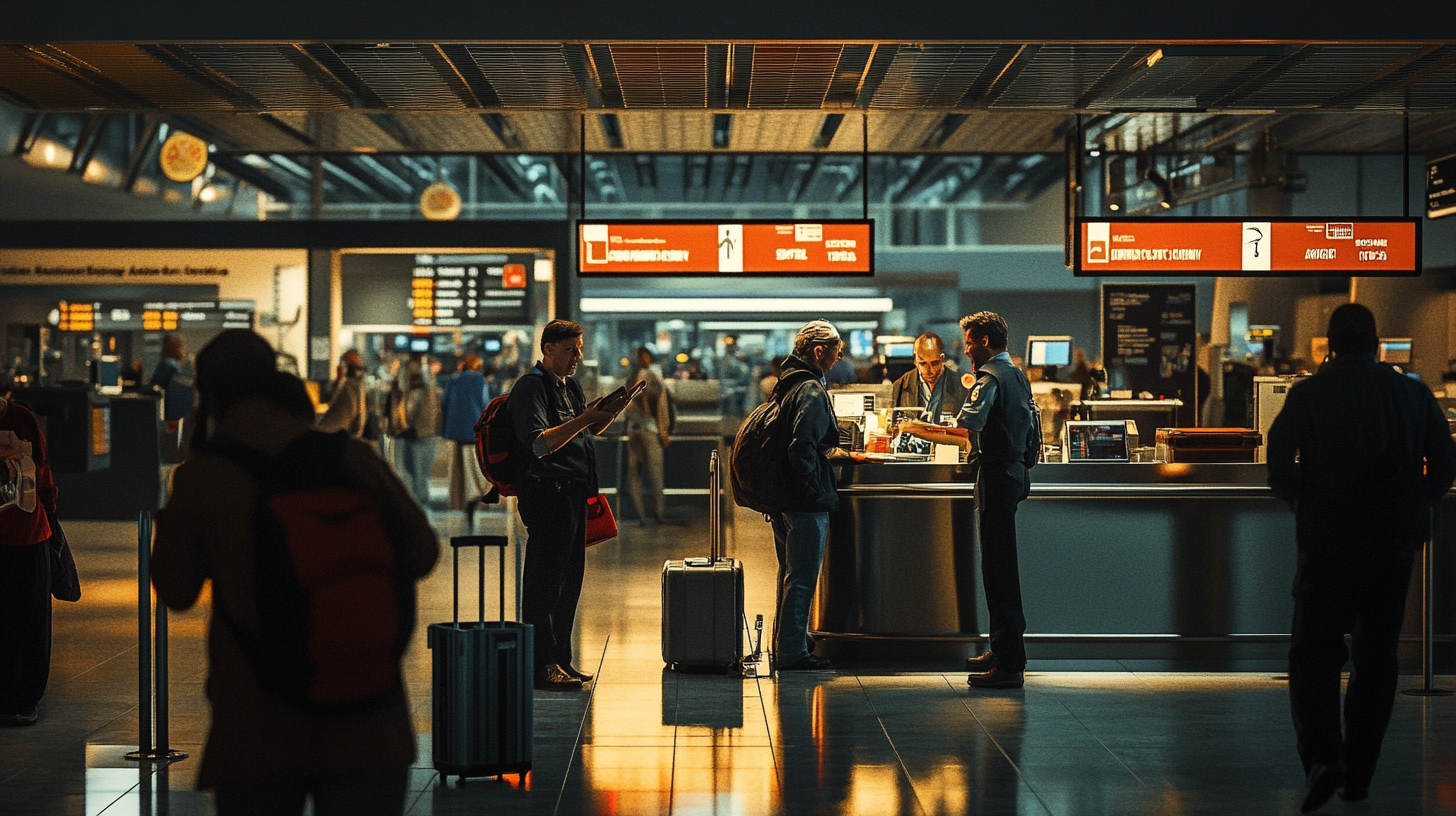
I’ve come to appreciate how the U.S. and Canada operate under a first port of entry system. This means you clear passport control and customs as soon as you land in one of these countries, regardless of whether you’re connecting or staying. One of the most common pitfalls I’ve seen is underestimating just how long these procedures can take. A 2024 report from the International Air Transport Association (IATA) suggests that peak travel hours can significantly stretch wait times, especially in major transit hubs.
One piece of advice: if your itinerary includes a U.S. or Canadian airport as the first stop, double-check your baggage routing. I once observed a traveler who assumed their bags would automatically be transferred to their next flight, only to learn they needed to pick them up at customs. To avoid that panicked run through the terminal, stay vigilant and ask airline staff if you’re unsure.
Schengen and Other Global Customs Procedures
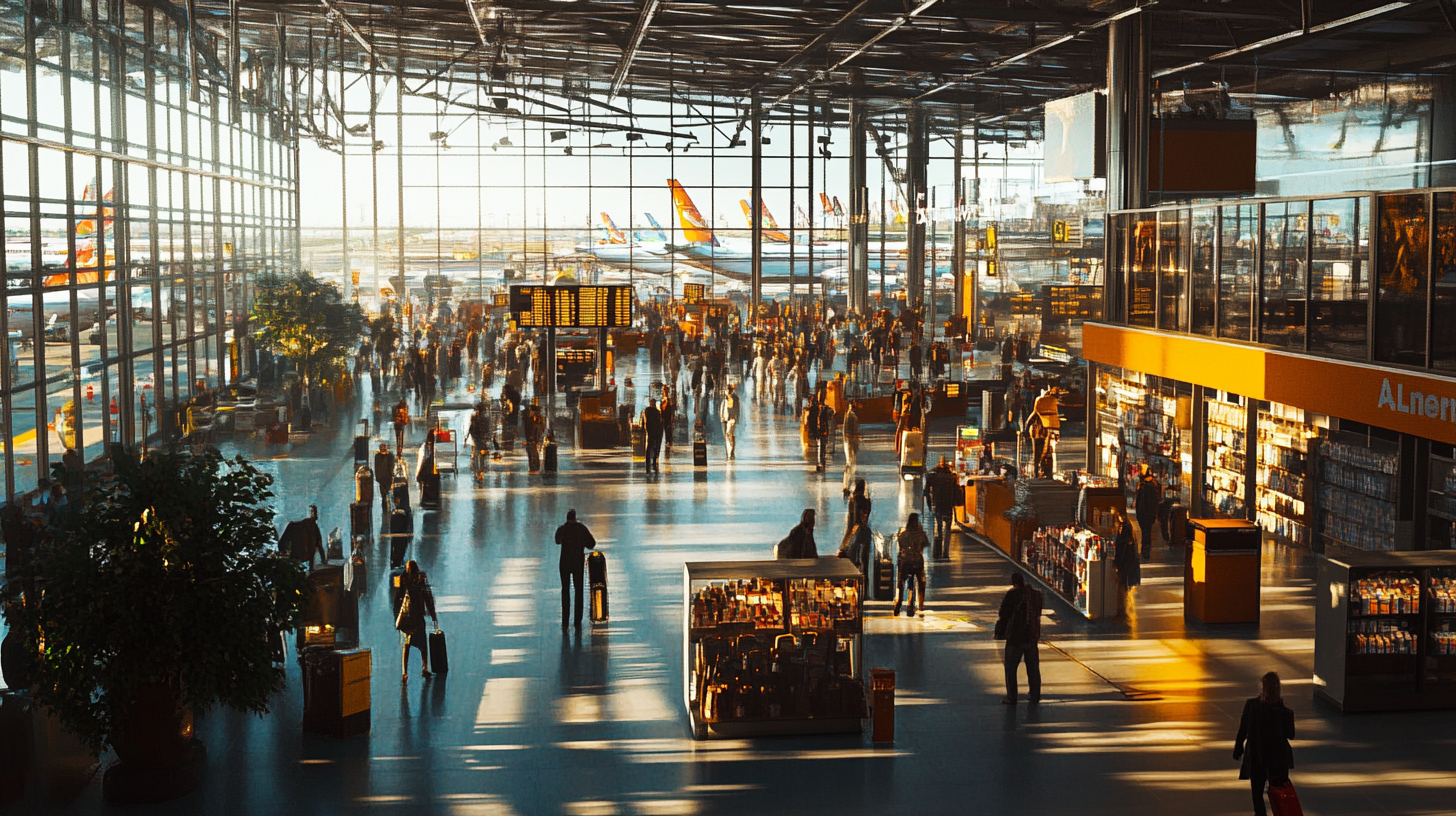
Europe’s Schengen Area is fascinating to navigate because the entire zone operates under a shared external border policy. If you’re arriving from outside Schengen—say from Asia or the Americas—once you clear passport control at the first airport in the zone, you can usually travel to other Schengen countries without going through additional checks. However, if you continue onward to a non-Schengen country, you’ll typically need to pass through another immigration checkpoint. I find that understanding which countries are inside and outside Schengen is one of the biggest time-savers.
Other global regions vary widely. In some Middle Eastern and Asian airports, you’ll find clearly marked transit zones where you don’t have to officially enter the country. But in other cases, you may still face portions of the immigration process even when transiting. It’s best to do a bit of homework on local regulations and potentially reach out to your airline for guidance. According to industry data, airports that solely rely on transit zones have reduced connection times by up to 15%, an edge that can be crucial when racing to catch that next flight.
Trusted Traveler Programs & Time-Saving Tips
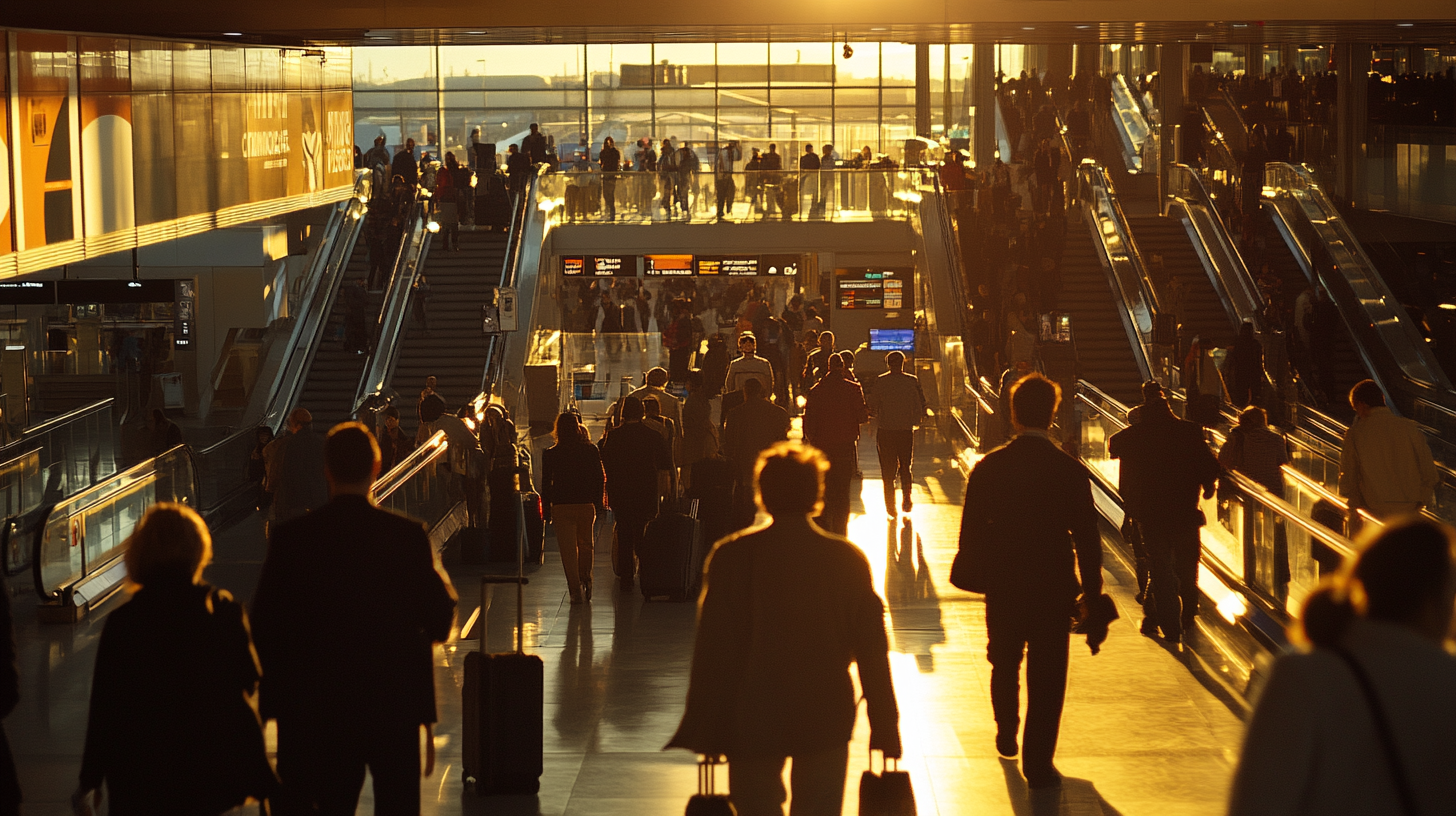
Programs like Global Entry, Mobile Passport, and TSA PreCheck have been lifesavers for me. Not only do they expedite passport control, but they also streamline security checks. A recent study suggests that frequent flyers can save an average of 30 minutes per connection by enrolling in one of these programs. The Schengen Area, for its part, boasts automated e-gates for travelers from select countries, and I’ve personally sailed through many European airports thanks to these fast-track options.
Still, no program replaces being prepared ahead of time. If you know your route will involve multiple connections, confirm you have the right travel and transit visas in advance. Make digital copies of all essential documents and store them securely so you can access them quickly on the go. In my view, having everything in place before departure makes the difference between a seamless layover and a frantic dash through the terminal.
Managing Baggage and Documentation
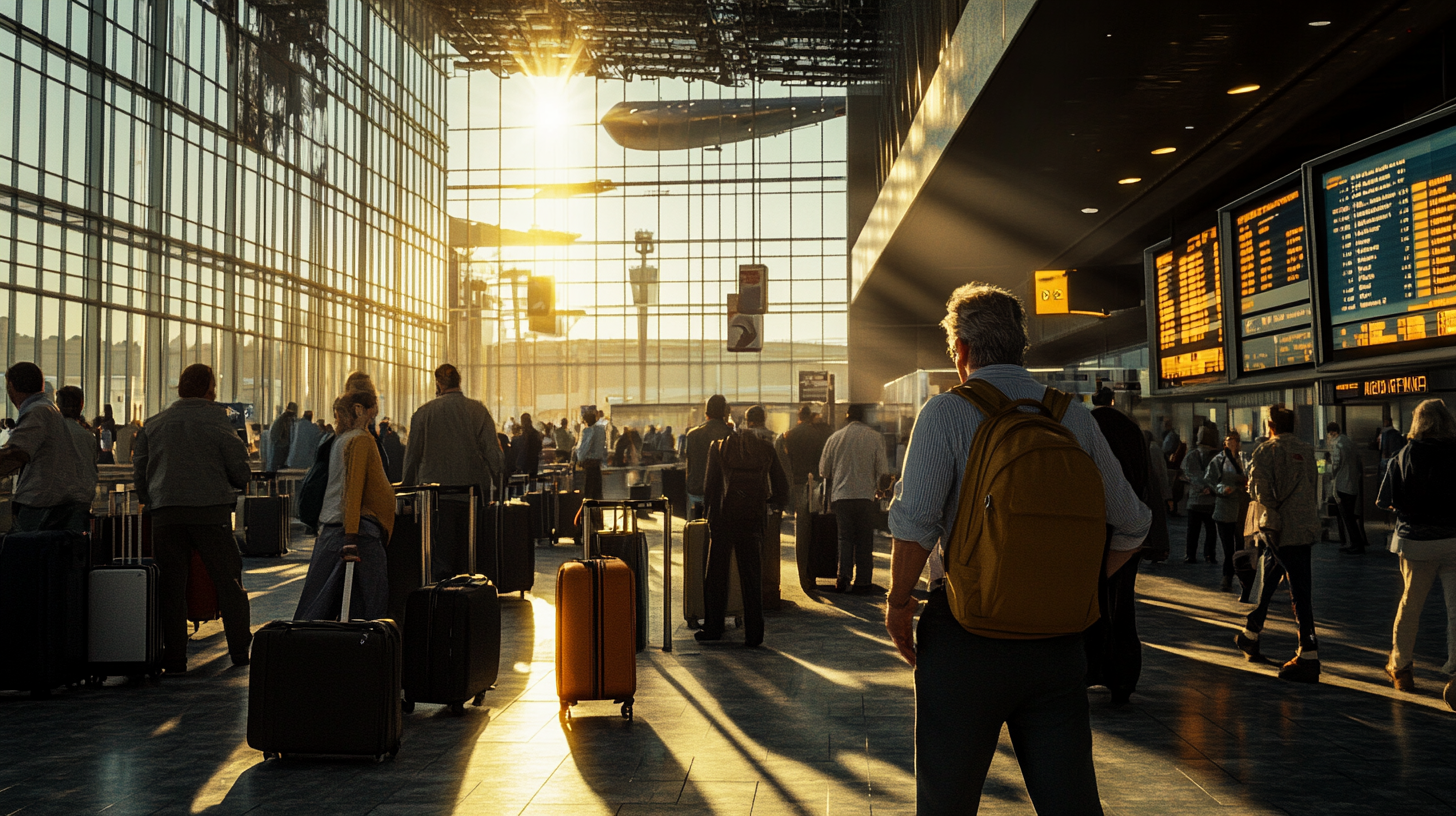
Whenever I have a short layover, I immediately check whether my baggage will be checked through to my final destination. If it’s not, planning that extra time to retrieve my suitcase at baggage claim—and then re-check it—becomes critical. I learned this the hard way on a trip through Europe when I realized halfway through my connection that my bag wouldn’t be automatically forwarded.
Also, never underestimate the power of having your documents in order. Keep your passport, boarding passes, and any visa documents in one easy-to-access location. If you’re traveling with family or a group, consider storing their documents similarly so you can hand everything over to immigration officials in seconds. This level of organization may seem like overkill, but I’ve seen many travelers saved from missing their flights just by being well-prepared.
Final Thoughts
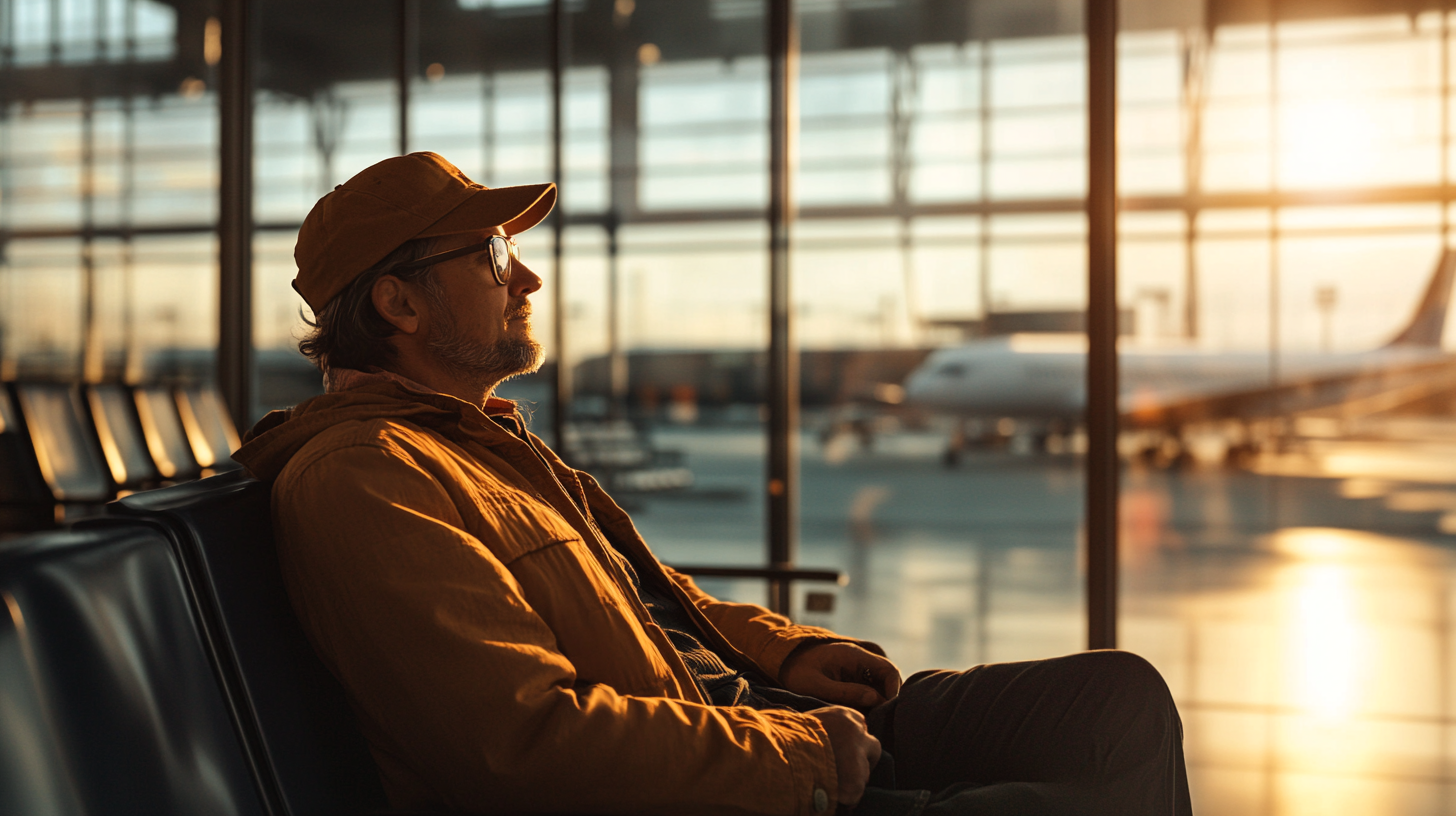
Clearing customs on a layover can feel like a whirlwind, but with foresight and the right information, it’s absolutely manageable. Paying attention to local regulations, checking baggage policies, and considering trusted traveler programs can streamline your experience. I’ve observed countless travelers who underestimated the process, only to find themselves racing against the clock—don’t let that be you!
If you plan thoroughly, remain aware of time zones and potential lines, and use your resources wisely, you can transform a tense layover into a smooth transit experience. After all, traveling internationally is about embracing new experiences, and the less stress you have, the more memorable your journey will be.
Sky Skylar’s Take
Time after time, I’ve marveled at how customs procedures can either be a quick blip in your journey or a mini saga of long lines and missing documents. I’ve found that researching specific airports and customs rules has given me a sense of calm and preparation before I even step foot on the plane.
My favorite part of any layover is when I get to pass through quickly, knowing I’ve outsmarted potential snags. That sense of triumph is exactly the reward for putting in the legwork ahead of your trip.
Stay with us at BoardingArea.























